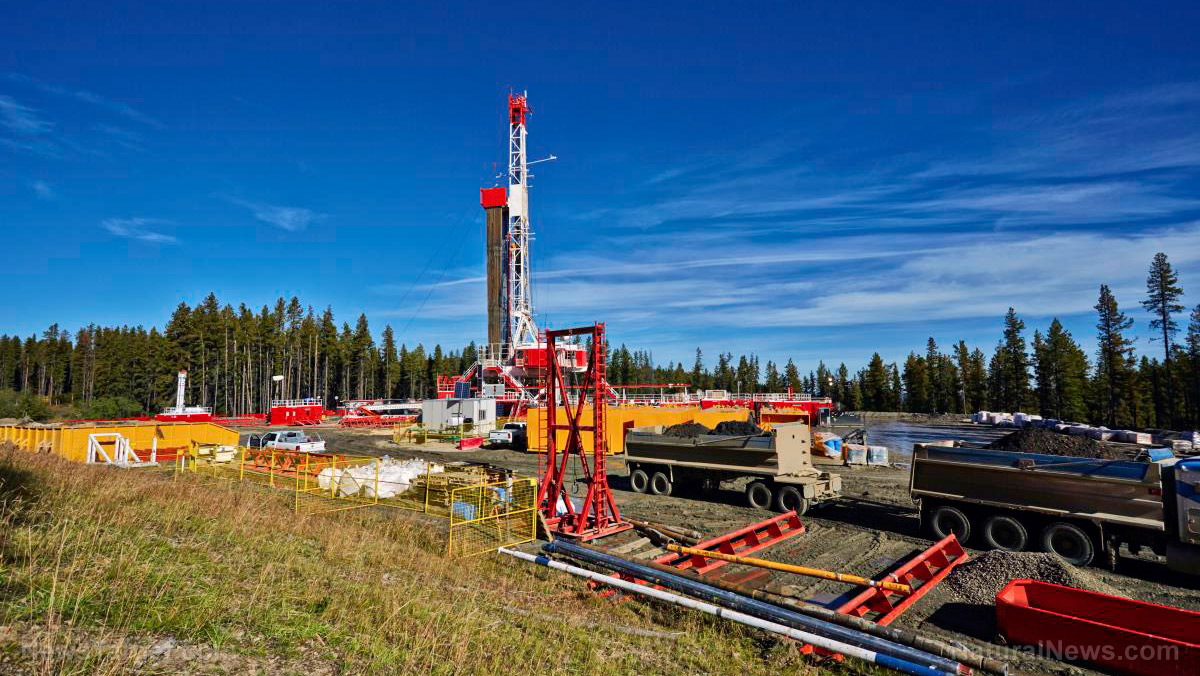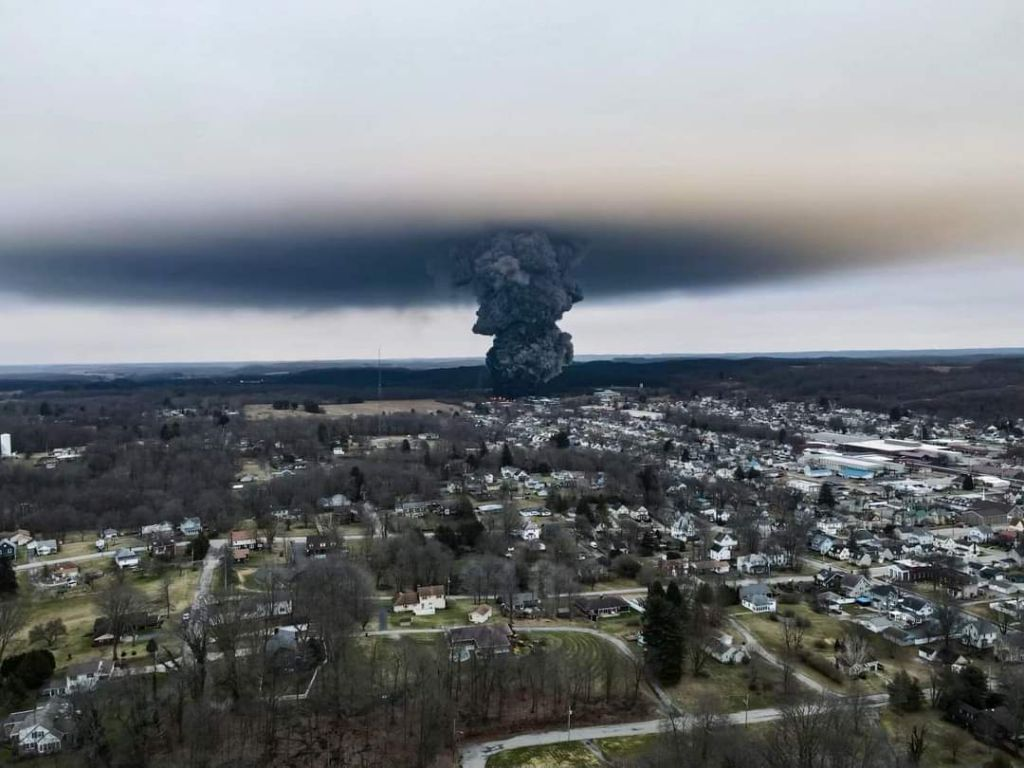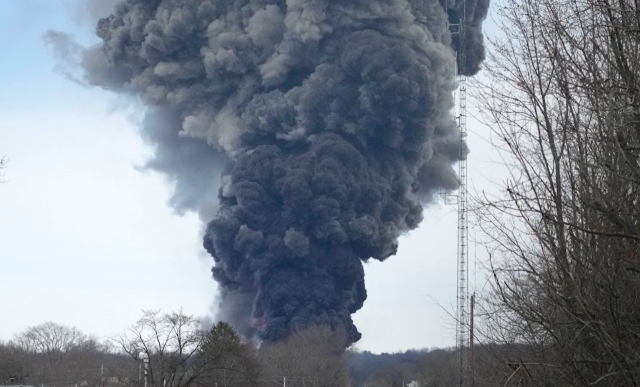
Hydraulic fracturing, or fracking, is linked to many health and environmental concerns. But a recent study by researchers from the Harvard T.H. Chan School of Public Health in Boston found another troubling effect of fracking: radioactive air particles.
Their findings, published in Nature Communications, showed that airborne radiation levels downwind of US fracking sites are higher than background levels. That being said, the elevated levels were well below public health limits. However, the researchers warned that the particles can still pose significant health risks to people living close to fracking sites.
Commenting on their findings, lead author Petros Koutrakis said that people should definitely not go “crazy” over radiation exposure fears. “I think it’s a significant risk that needs to be addressed.” Nonetheless, he said he’d rather not live near fracking sites.
Higher airborne radiation levels
Earlier studies have shown that chemicals released during fracking could pose a serious health risk to residents living close to fracking sites and that the process itself has poisoned groundwater.
But experts know little about the influence of natural radioactive material from shale gas on ambient particles. Shale gas is a natural gas trapped in rocks deep underground. This is the gas extracted during fracking.
To this end, Koutrakis and his team examined data collected from 157 radiation-monitoring stations across the US from 2001–2017. The stations were built during the cold war when nuclear war was a threat. The group then cross-referenced this data with the position and production records of 120,000 fracking wells.
Their results showed that areas within 12 miles downwind of 100 fracking wells had radiation levels that were about seven percent higher than normal background levels. However, some areas had close to 600 wells upwind, suggesting that radiation levels of ambient particles could be much higher in those areas.
The researchers saw the biggest increases in radiation levels near fracking sites in Ohio and West Virginia. Data from the position and production records of fracking sites in these areas show that shale formations beneath these states contained more uranium, a naturally radioactive element.
Meanwhile, Texas, New Mexico and North and South Dakota, which have lower concentrations of radioactive material underground, had lower airborne radiation levels.
Furthermore, their results revealed fracking caused a greater increase in radiation levels than conventional oil and gas radiations. The researchers speculate this could be due to the fact that fracking disturbs shale formations deep beneath the earth.
This process releases uranium, the parent element of the radioactive elements radium and radon. Over time, uranium decays into radium. This then decays directly into radon. Eventually, radon decays into ultrafine radioactive particles that contain polonium and lead.
These elements then become attached to ambient particles. Polonium and lead are both toxic substances. In fact, studies found that polonium is up to a trillion times more toxic than hydrogen cyanide, an extremely poisonous and flammable compound.
In the body, alpha-radiation from polonium can break apart the chemical bonds in living cells, damage DNA and severely impair the immune system.
Exposure to lead, on the other hand, can trigger seizures, delay development in children and reduce sperm count in men, among other adverse and possibly irreversible health complications. (Related: More cases of lead poisoning in Michigan – this time in Grand Rapids.)
“The increases [in radiation levels] are not extremely dangerous, but could raise certain health risks to people living nearby,” said Koutrakis.
The next step now is to find out if radon leaks during the drilling of the wells or from fracking wastewater stored at the sites. Knowing this could allow for changes in fracking operations to stop the leaks, added Koutrakis.
Read more articles about the harmful effects of radiation on human and environmental health at RadiationScience.com.
Sources include:
Please contact us for more information.




















